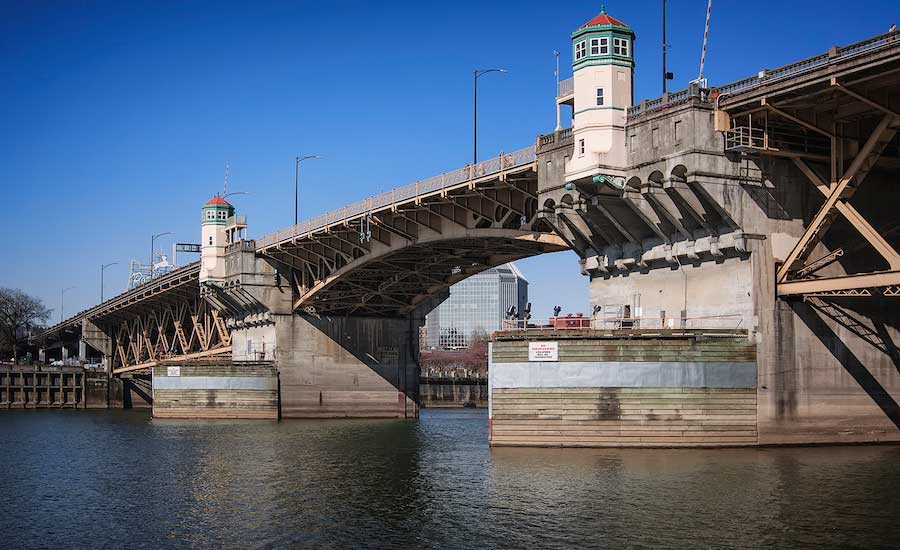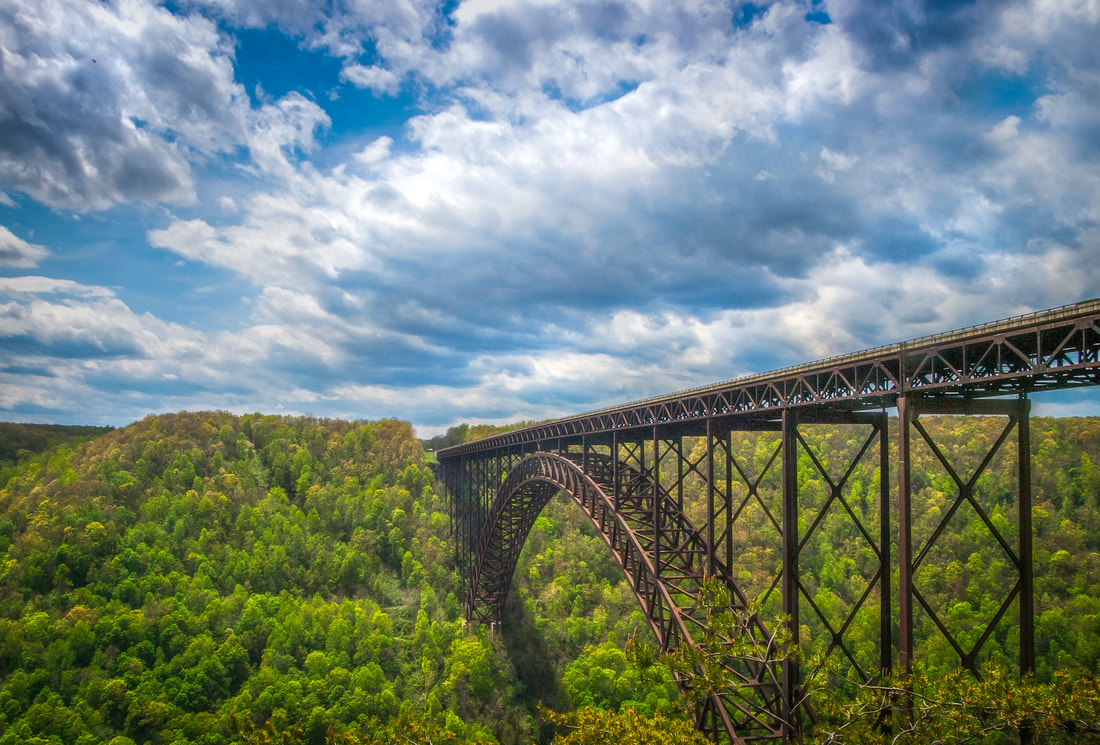Blog |
Discussing current issues in engineering
|
 Photo credit: Steven Pavlov, CC BY-SA 4.0 Research into a new bridge design offers potential relief for the expensive and dangerous threats posed to bridges by seismic events.
Contemporary bridge designs follow a monolithic model: forms are constructed then concrete is poured over the forms, yielding a final structure. These traditional monolithic bridges are strong enough to support their own weight plus additional loads such as traffic but are often damaged by unexpected seismic events like earthquakes. Restoration to a bridge damaged by seismic activity is a lengthy and expensive process, and the damage itself can result in injuries and loss of life. In recent months, researchers at the University of Colorado Boulder and Texas A&M University set out to evaluate a theoretical bridge design, called the hybrid sliding-rocking (HSR) bridge, that aims to mitigate the issues plaguing traditional bridges as a result of seismic events. Where a monolithic bridge emphasizes unyielding concrete, an HSR bridge offers columns containing limb-inspired joints that slide and rock to diffuse seismic energy as it travels through the ground. Not only is an HSR bridge more capable of energy dispersal—the uniquely complex sliding-rocking interaction also allows HSR bridges to self-center amidst seismic activity, almost like the adjustments to joint movement made by a person who has achieved “sea legs.” Researchers at CU Boulder and Texas A&M conducted earthquake simulations on experimental HSR columns and found that the HSR columns sustained less damage when compared to practical evaluations of conventionally designed columns. Damages sustained by the HSR columns also proved relatively quick to fix with common restoration materials. Although HSR bridge design remains theoretical, with no practical implementation into real world bridges at this time, findings from this latest research study generate optimism for the future of bridge safety and durability amidst seismic activity. You can learn more about the research study conducted by CU Boulder and Texas A&M here.  Photo credit: Shawn Ullerup, CC BY 4.0 The American Society of Civil Engineers (ASCE) just released their first-ever Report Card for West Virginia’s infrastructure, giving the state an overall grade of “D”. This grade indicates the state’s infrastructure is in poor condition with new construction and repair efforts unable to keep up with the state’s needs. The report card was also broken down into infrastructure categories giving grades for bridges (D+), dams (D), drinking water (D), roads (D+), and wastewater (D).
The report found that of West Virginia’s 7,291 bridges, 21% are structurally deficient, which is significantly greater than the national average of 7%. Of the 38,854 miles of public roads in West Virginia, 31% are in poor condition compared to 21% nationally. As a result, the ASCE report estimates that it costs $723 per motorist per year from driving on roads in need of repair in West Virginia. Dams in West Virginia were also rated as poor with 75% of the state’s dams classified as high-hazard potential, indicating failure would result in significant economic loss and loss of life. The state would reportedly need more than $900 million in funding to continue operation, maintenance, and repair of high hazard dams. Lastly, an estimated $1.39 billion is needed in drinking water infrastructure over the next 20 years with West Virginia currently losing more than 50% of their treated water due to leaks in infrastructure. Significant portions of West Virginia’s wastewater systems have also deteriorated with 59 combined sewer systems needing $1.2 billion in funds to address state and federal requirements. Some encouraging prospects, however, include the establishment of the West Virginia Roads to Prosperity Program in 2017 that will ultimately invest $2.8 billion in more than 700 road and bridge projects and create over 48,000 jobs. In addition, inter-agency collaborations are expanding access to resources to upgrade drinking water and wastewater infrastructure to meet new quality standards. And overall, it’s important to note that West Virginia’s “D” infrastructure grade is on par with the nation’s overall D+ grade from the most recent 2017 infrastructure report card for the United States. You can read West Virginia’s full ASCE infrastructure report card here. |
Colman Engineering, PLCA professional engineering firm located in Harrisonburg, VA Archives
January 2022
|

 RSS Feed
RSS Feed
